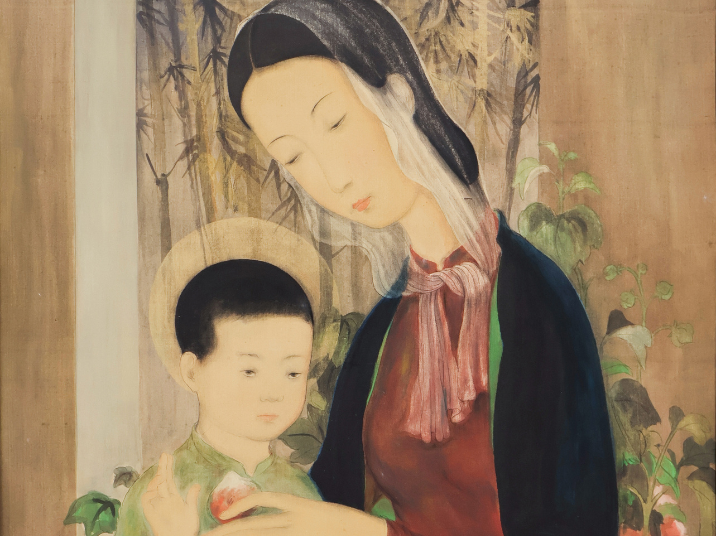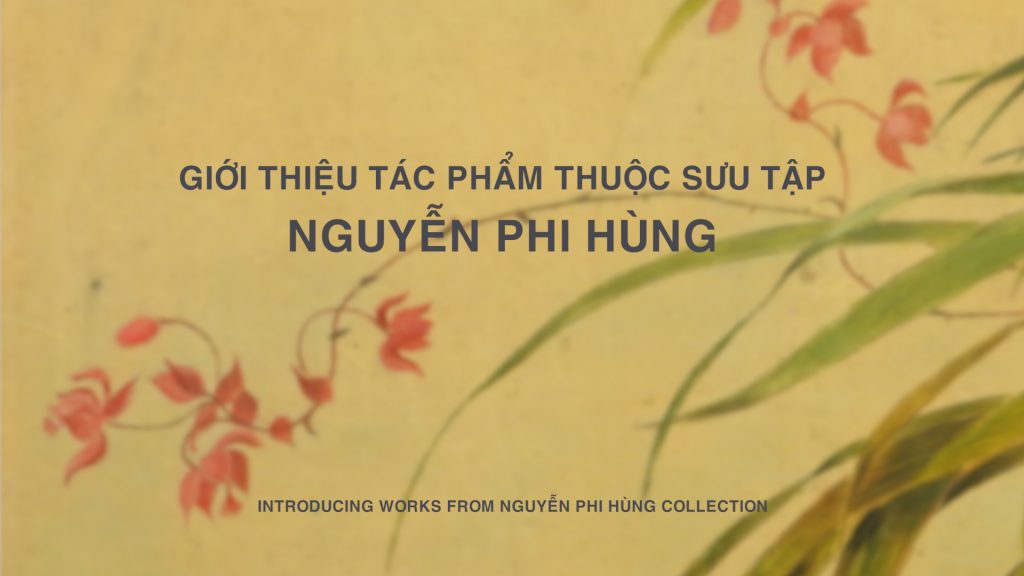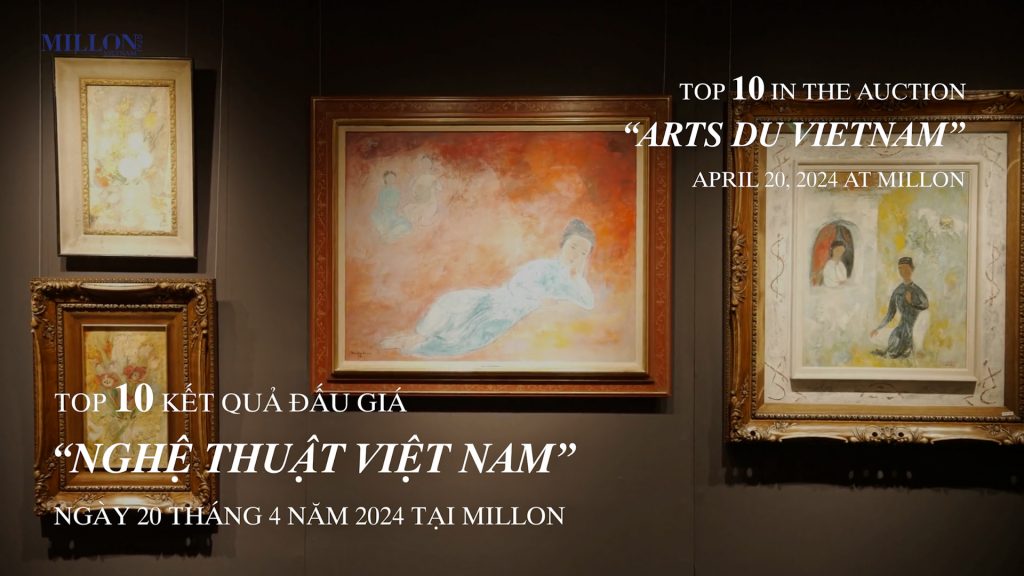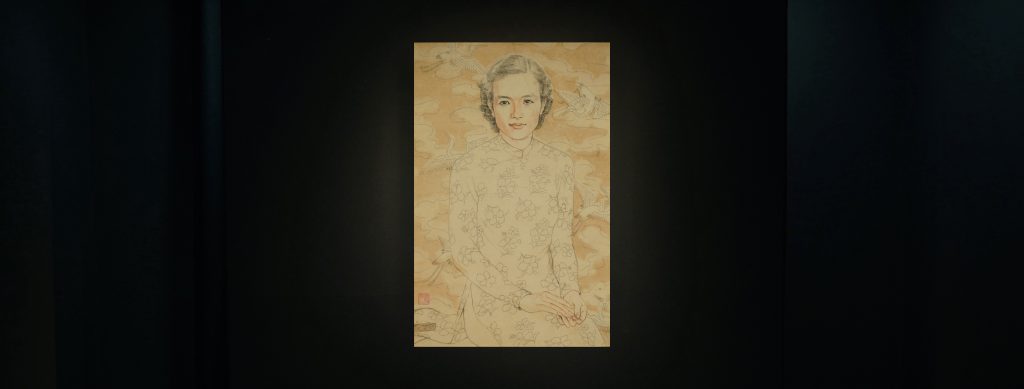According to Wikipedia, the introduction to artist Trần Văn Thọ of Silpi Magazine, India, book 3 – Pages 117 — 1948 has the passage: “Trần Văn Thọ is a well–known artist of Hanoi and seems to be quite at home in any style. His paintings on silk have all the delicacy of a skilful and artistic brush; his gouache paintings are harmonious, his water colours full of atmosphere…”
In the quote ‘Vietnamese Modern Art’, author Nguyễn Văn Phương, by Fine Arts Academic — Ministry of National Education of the Republic of Vietnam, published in 1962, wrote: “The French came here to popularize a classical Western art, since the establishment of the Hanoi School of Fine Arts in 1923 by several cultural ambassadors: painter Tardieu, sculptor Jonchère and Inguimberty, a decorative artist…”. The book also mentions Lê Phổ, Mai Trung Thứ, and Vũ Cao Đàm as the first generation artists of Western artistic trends.
Next is the passage: “Up until about the middle of the twentieth century, the national liberation struggle marked an important mark in the development of Vietnamese painting. The Independent atmosphere has completely renovated the artist’s creative thoughts, especially the artists who matured in that glorious victory. Since the second half of the twentieth century, revolutionary thoughts in art took shape:
– From the wild back to the city, Tạ Tỵ displayed cubist paintings in Hanoi and a number of works such as ‘Yellow, Violet’; ‘Exist’; ‘Silver Afternoon’, it caused a lot of reaction in the art community, although Cubism was established in Europe in 1907.
– In Saigon, Tú Duyên displays woodblock prints on silk with themes in folk songs, in Kiều and imitated Tết paintings, which were warmly encouraged by the public.
– Trần Văn Thọ displayed silk paintings many times in Hanoi and Saigon, determined to promote the thought of ‘returning to nature’, against the life of machine slavery.”
Based on the above documents, (almost) certainly, artist Trần Văn Thọ graduated from Fine Arts College of Indochina, but we don’t know the exact year. In the book ‘Urban Fine Arts of Saigon, Gia Định 1900-1975’, Uyên Huy wrote: “The old professors of the school mostly graduated from Fine Arts College of Indochina and from abroad, such as: Lê Văn Đệ, Nguyễn Văn Long, Lưu Đình Khải, Nguyễn Văn Anh, Đan Hoài Ngọc, Nguyễn Văn Quế, Đỗ Đình Hiệp, Lê Yên, Trần Văn Thọ, Trần Dụ Hồng… Those who learned from abroad such as Bùi Văn Kỉnh, Dương Văn Đen, Đỗ Thị Tố Oanh…”
Trần Văn Thọ was born in 1917 in Bắc Ninh. Since 1954, he has specialized teaching in silk painting at the National School of Fine Arts – Saigon College. Before 1954, he and artist Nguyễn Văn Quế (1914–?) went to Cambodia, to live and teach. Considering the age, considering the similarities when living together in Cambodia for many years, perhaps Trần Văn Thọ studied a few courses after Nguyễn Văn Quế. Is it that his name ‘missed’ in the original list of the Indochina Fine Arts College as in the case of artist Trần Hà (1911–1974), student of course VI (1930–1935) and some other artists.
Not only that, his fine art career has been recognized for a long time, along with Tạ Tỵ, Tú Duyên…







